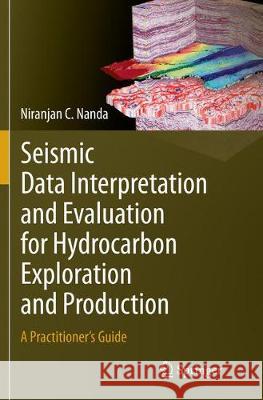Seismic Data Interpretation and Evaluation for Hydrocarbon Exploration and Production: A Practitioner's Guide » książka
topmenu
Seismic Data Interpretation and Evaluation for Hydrocarbon Exploration and Production: A Practitioner's Guide
ISBN-13: 9783319799612 / Angielski / Miękka / 2018 / 224 str.
Seismic Data Interpretation and Evaluation for Hydrocarbon Exploration and Production: A Practitioner's Guide
ISBN-13: 9783319799612 / Angielski / Miękka / 2018 / 224 str.
cena 401,58
(netto: 382,46 VAT: 5%)
Najniższa cena z 30 dni: 385,52
(netto: 382,46 VAT: 5%)
Najniższa cena z 30 dni: 385,52
Termin realizacji zamówienia:
ok. 22 dni roboczych
Dostawa w 2026 r.
ok. 22 dni roboczych
Dostawa w 2026 r.
Darmowa dostawa!
Kategorie BISAC:
Wydawca:
Springer
Język:
Angielski
ISBN-13:
9783319799612
Rok wydania:
2018
Wydanie:
Softcover Repri
Ilość stron:
224
Oprawa:
Miękka
Wolumenów:
01











